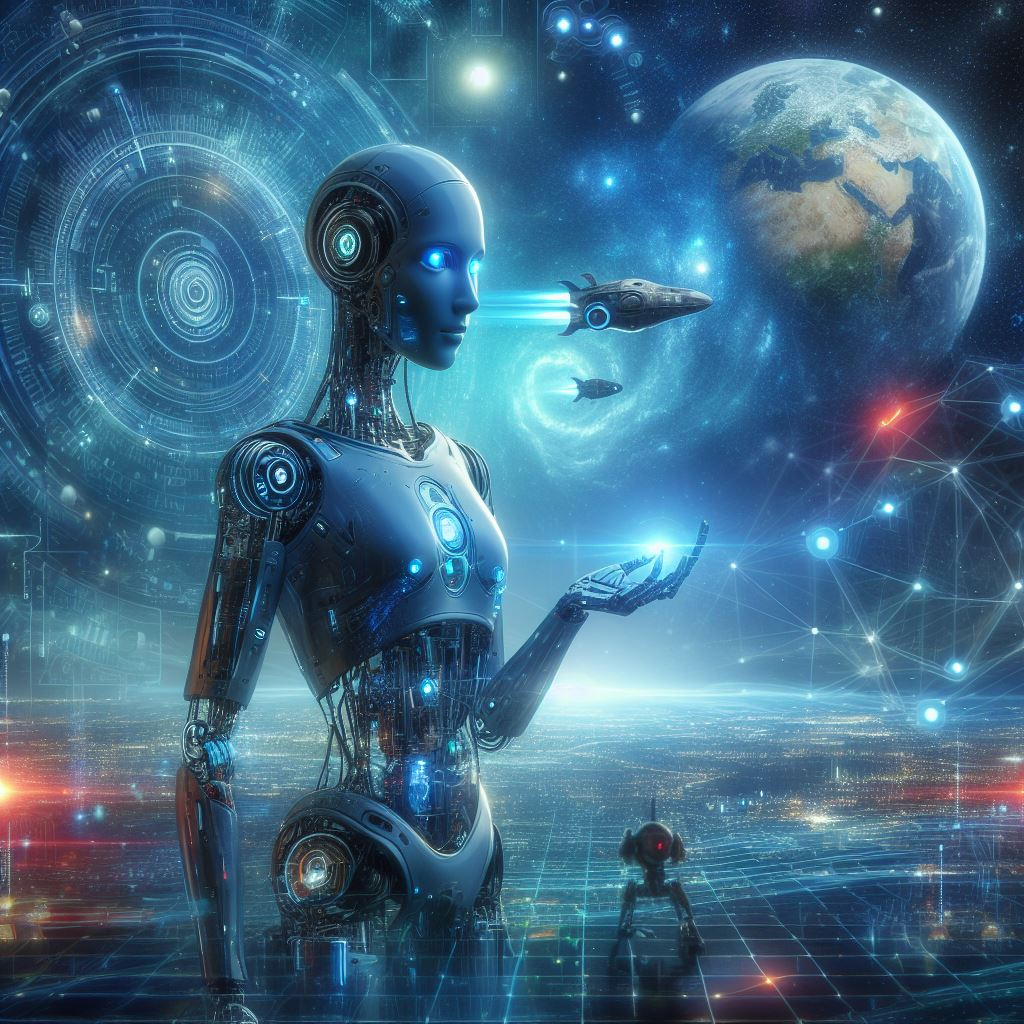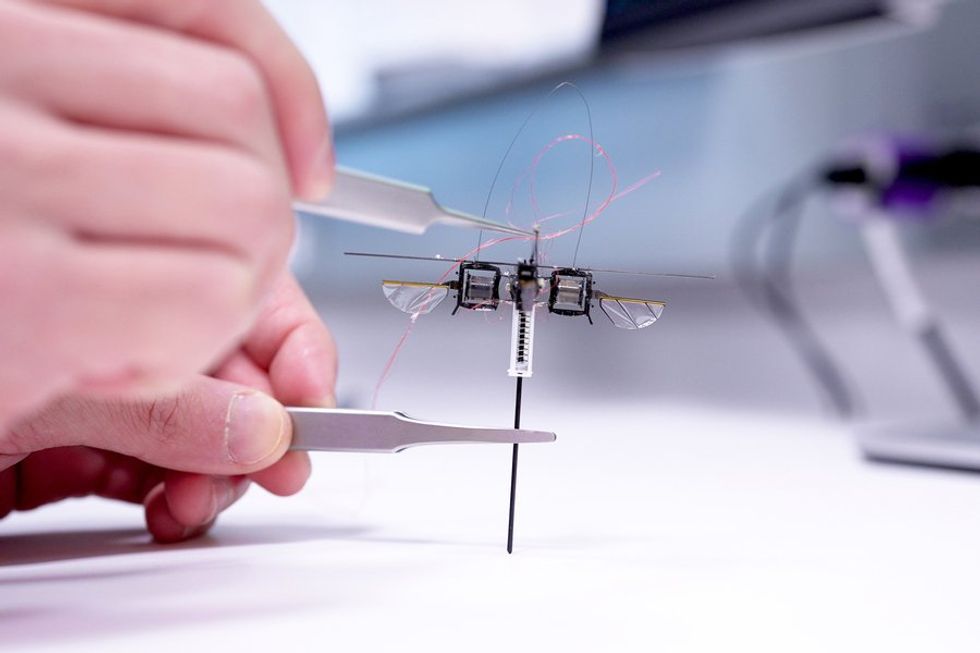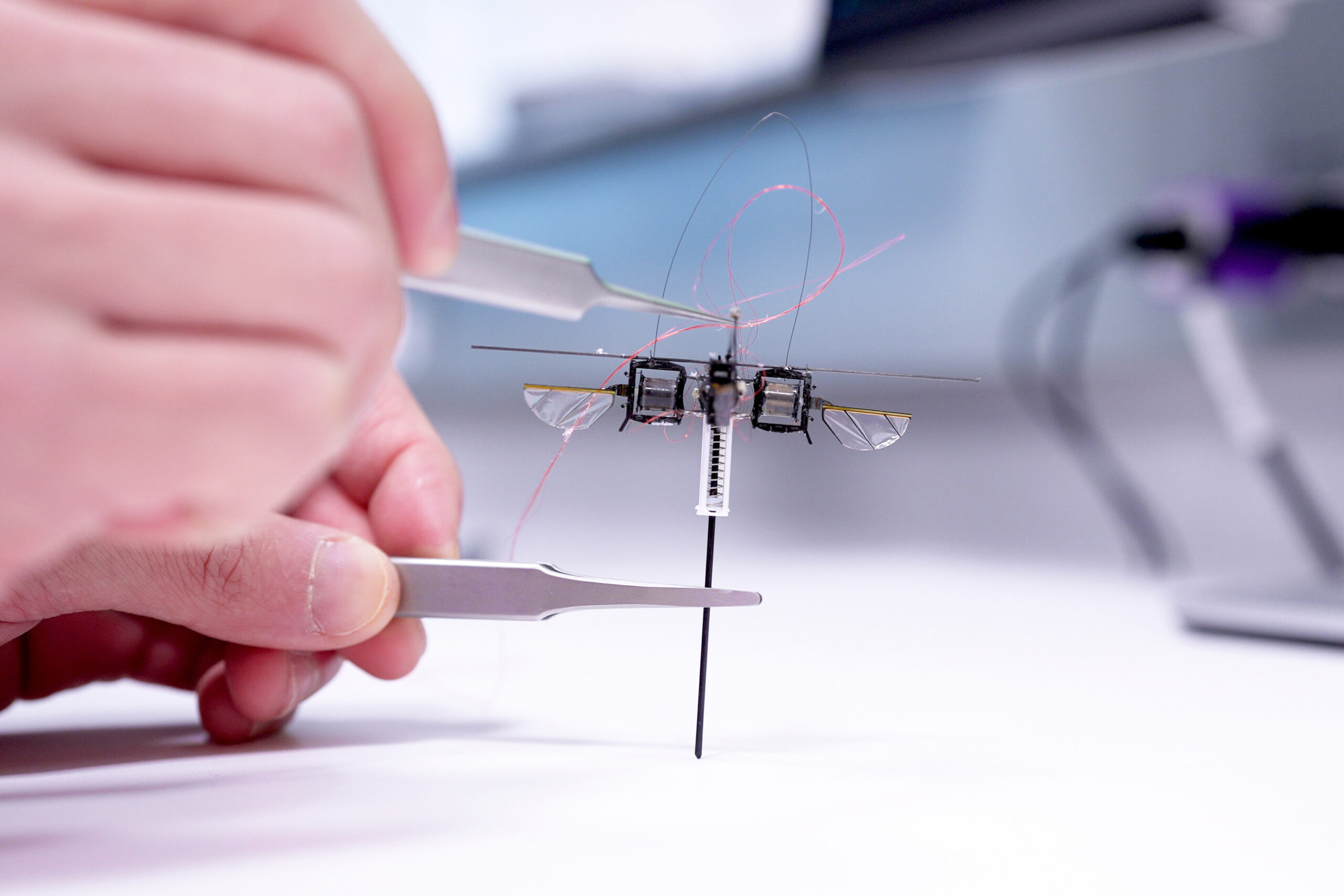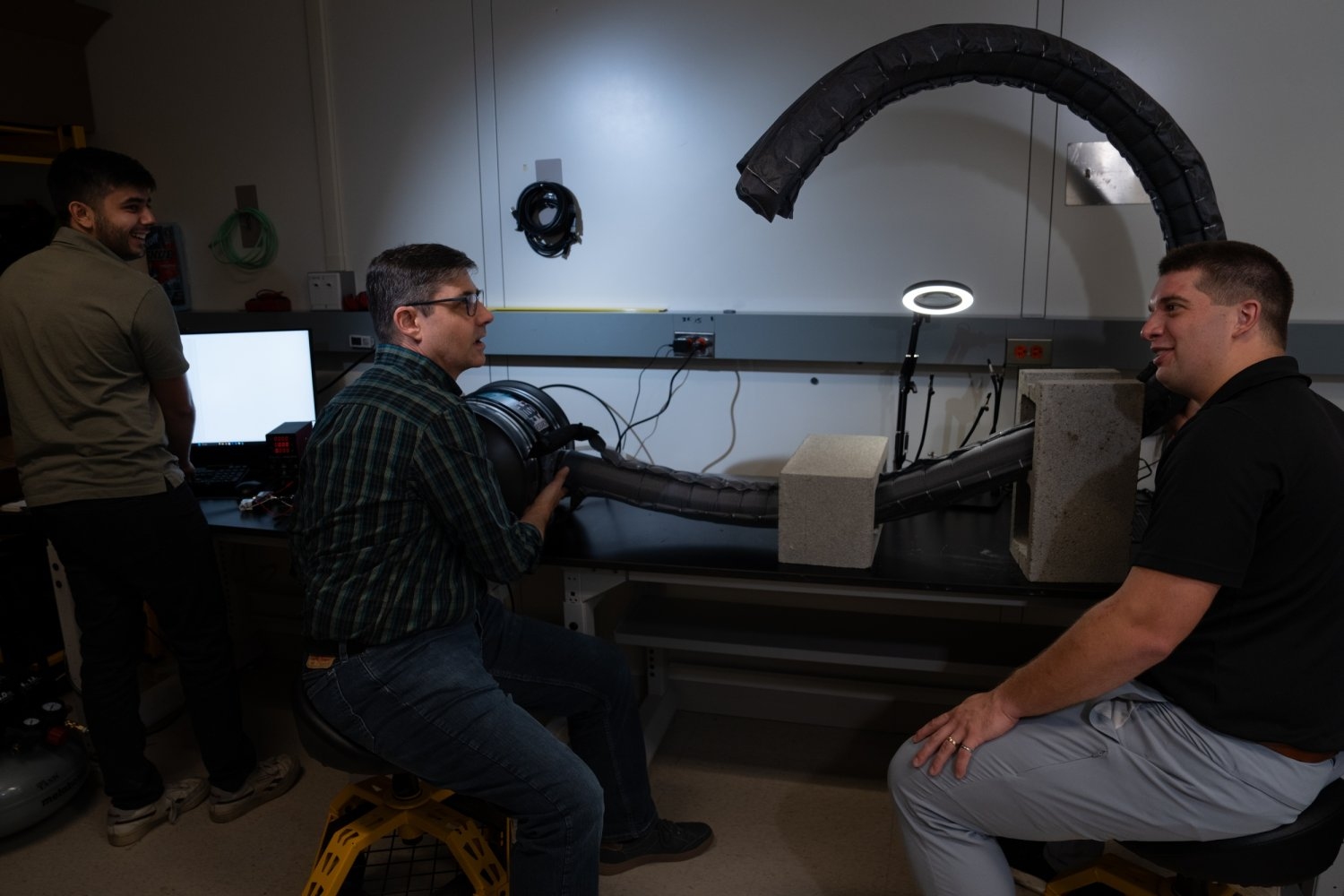The convergence of science fiction and reality has always intrigued observers. Once confined to the realms of sci-fi and movies, robotics and artificial intelligence (AI) have now permeated our daily lives, revolutionizing numerous industries. This paper delves into the captivating intersection where creativity and innovation converge, examining the profound social impacts of robotics and AI across various sectors.
Understanding Artificial Intelligence:
Artificial intelligence, or AI, refers to the process through which computers emulate human intelligence to learn and reason. From the advent of self-driving cars to intricate recommendation systems and virtual assistants like Siri and Alexa, AI has profoundly altered nearly every aspect of human existence, transforming technology usage, communication, and work dynamics.
The Evolution of Artificial Intelligence:
The journey from the conceptualization of AI to its present applications has been truly remarkable. Since British mathematician Alan Turing introduced the Turing Test in 1950 to evaluate a machine’s intelligence, AI has made significant strides, culminating in advancements such as neural networks and deep learning.
Diverse Applications of AI:
The versatility of AI is evident in its myriad applications across various domains. Whether revolutionizing disease diagnosis and therapy through AI-powered diagnostics or optimizing decision-making in the financial sector through algorithms for algorithmic trading and fraud detection, AI’s potential is limitless, with ongoing research fostering groundbreaking breakthroughs.
Unveiling the Marvels of Robotics:
While AI serves as the cognitive powerhouse enabling computers to interact with the physical world, robotics brings intelligent systems to life in a tangible manner. Robotics entails the design, construction, and operation of autonomous or human-supervised robots, amalgamating elements of computer science, mechanical engineering, and electrical engineering.
Diverse Types of Robots:
Robots come in myriad forms and sizes, tailored to specific tasks and environments. From industrial robots facilitating assembly and production to anthropomorphic robots mimicking human interactions, collaborative robots, or cobots, are gaining recognition for their ability to work safely alongside human counterparts, fostering greater collaboration between humans and machines.
RoboLodge as a comprehensive global robotics encyclopedia has categorized the robots into three distinct general categories:
Non-Industrial Robots:
These serve professional, personal, and non-industrial needs. Examples include home appliances, educational tools, entertainment gadgets, healthcare aids, and hospitality assistants.
Unmanned Vehicles and Drones:
This category includes unmanned aerial vehicles (UAVs), commonly known as drones. They find applications in photography, surveillance, logistics, and agriculture.
Industrial Robots and Automation:
These robots are specifically designed for manufacturing processes, enhancing efficiency and safety across assembly lines and production facilities.
Advancements in Robotics:
Recent strides in robotics have blurred the lines between fiction and reality. Enhanced sensory awareness and agility, coupled with advancements in actuators and sensors, enable robots to navigate complex environments swiftly and accurately. Moreover, developments in machine vision and artificial muscle technologies have facilitated the creation of lifelike robots capable of emulating human gestures and expressions.
Addressing Societal Implications:
While robotics and AI hold immense potential for progress, they also pose moral, societal, and economic challenges that necessitate careful consideration. Prioritizing workforce upskilling and retraining is crucial to mitigate the disruptive impact of automation on industries and job displacement. Additionally, ethical concerns surrounding privacy, bias, and autonomy underscore the need for responsible governance in the realms of robotics and AI.
Enhancing Human Capacities:
Despite the hurdles, the primary aim of robotics and AI remains augmenting human capabilities rather than supplanting them. By automating mundane tasks and nurturing human creativity, these technologies enable individuals to focus on novel projects, forge deeper interpersonal connections, and engage in original problem-solving endeavours. A future marked by mutualism and collaboration between humans and machines is envisioned to propel progress and prosperity.
Conclusion:
AI and robotics herald a new era characterized by transformative advancements that reshape how individuals live, work, and interact with their environment—a convergence of science fiction and reality. Navigating this dynamic landscape requires acknowledging and addressing the associated challenges of AI and robotics. By fostering innovation and embracing responsible stewardship, we can harness the full potential of these revolutionary technologies,
How useful was this post?
Click on a star to rate it!
Average rating 5 / 5. Vote count: 2
No votes so far! Be the first to rate this post.
We are sorry that this post was not useful for you!
Let us improve this post!
Tell us how we can improve this post?





